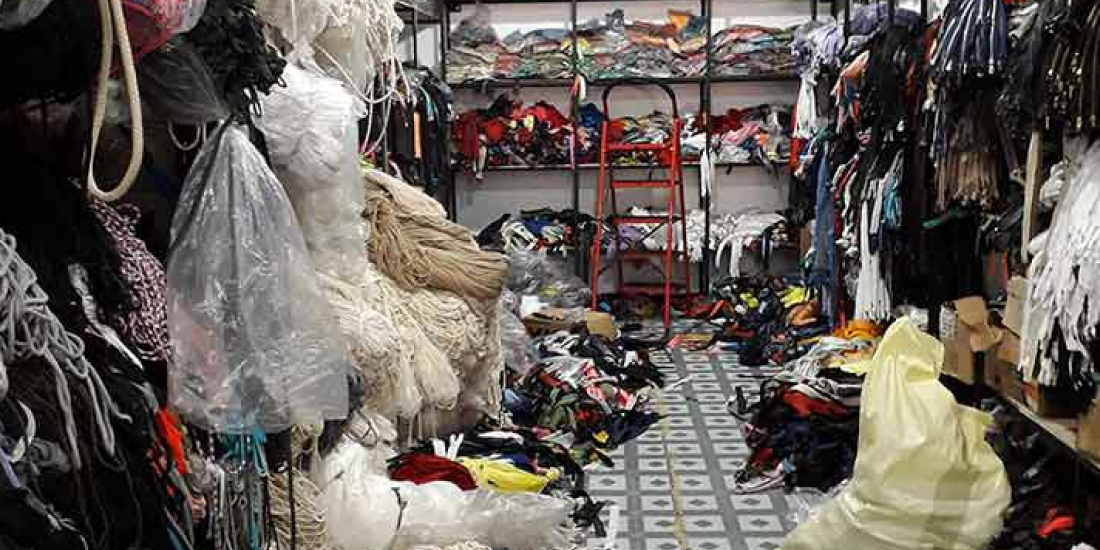What do we mean by all these terms? It’s often hard to navigate the ‘sustainability jargon’ especially when you’re trying to identify if brands are greenwashing. Below is a small insight into what we mean by our different fabric sources and the differences between them.

FACTORY EXCESS FABRICS
When a garment is produced in industry, the factory works out their ‘fallout rate’. This means what percentage of the garments will go wrong and will never make it to the shop. This can be up to 30% on more complicated garments. (Imagine, tens of thousands of garments cut, stitched and then discarded, usually burned).
So factories will order 30% more fabric (or more!) than they actually need when an order is placed. Sometimes they use them, often they don’t. They’re the fabrics we look out for. They’re perfectly good quality and often available by the roll, meaning we can get a bit more of it.

FACTORY REJECTED FABRIC
Fabrics often get checked twice, when they leave the mill and when they arrive at a factory. This involves a person standing in front of a roll of fabric looking for imperfections. If there is a slight mistake like a small knot, hole or stain, the entire roll is discarded. We always closely check all our fabrics before cutting for these slight imperfections and make sure the fabric we use is fault free. We cut around these and if pieces end up too small to make robes out of, we’ll change the plan and use them for headbands.


ZERO WASTE
These are fabrics that have already been cut and are in pieces. These pieces can be as small as 10cm by 10cm but also many yards. They can be pattern pieces that have been cut and then rejected, waste pieces left after cutting or ends of rolls. This is when we have to start getting creative. We use smaller pieces for items such as the zero waste headbands and mini tote bags for our colouring books. Sometimes, when we find bigger pieces, we can use them for robes or travel bags. This often means we can only make a couple of each item though, a real limited edition.

